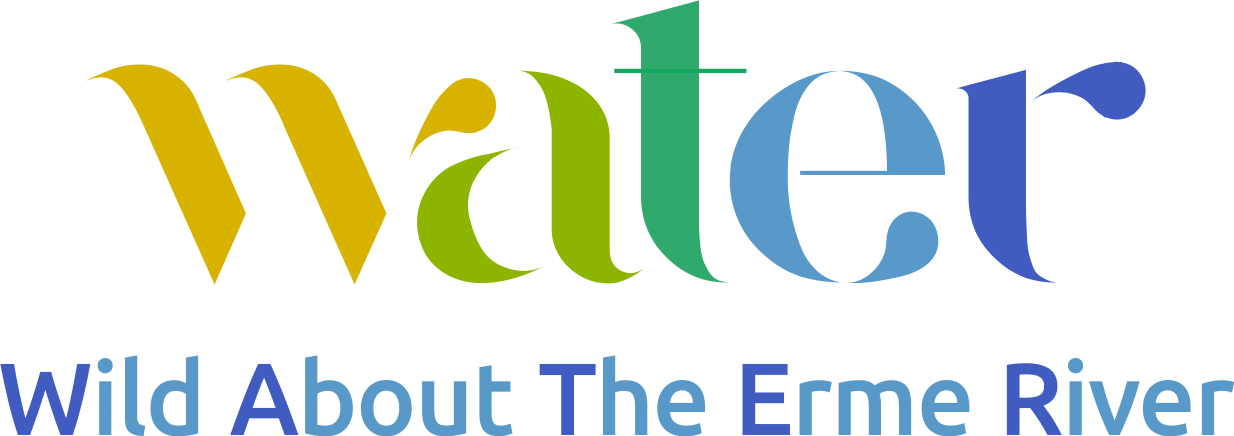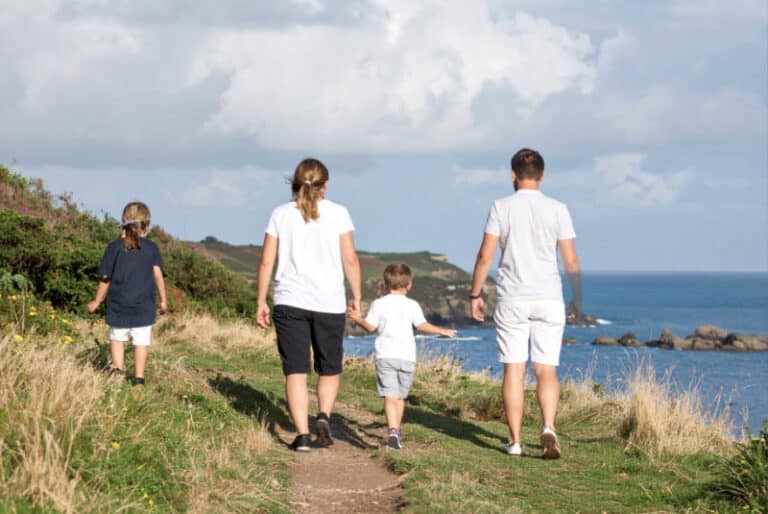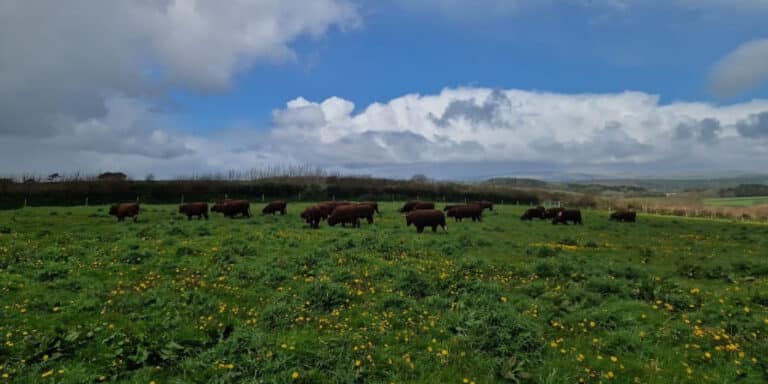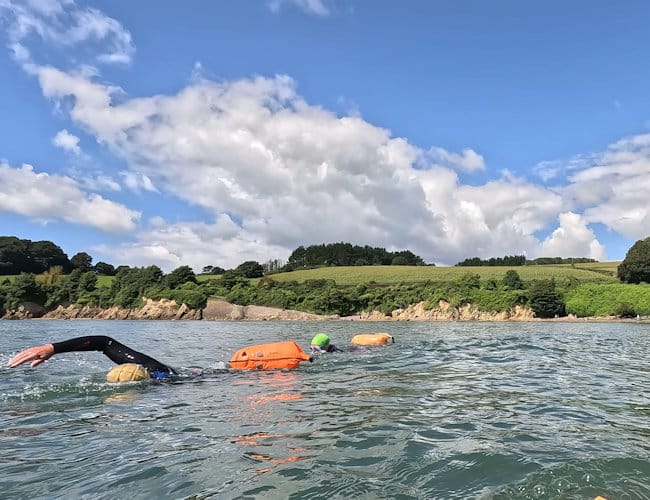The CAP team have now completed the three online workshops run by the Rivers Restoration Centre and supported by the Environment Agency.
We have identified over 50 reaches in the Erme catchment and have made initial reach assessments on just over half of them. There is still much work to be done before we can begin drafting a plan for the Erme.
What’s the problem with the Erme?
Water quality has been rated as ‘poor’ by the Environment Agency at Coastguards Beach in the Erme’s estuary. Inevitably that means risks to aquatic species that live in the river, the wildlife that lives along it, for whom the river is their everyday food source, and in some conditions, for people using the river recreationally.
While pollution from sewage overflows is a known contributor the likelihood of other sources of harm to water quality and habitat from farming practices, industry, roads and human activity cannot be excluded.
Migratory fish stocks (salmon and sea trout) are in decline across South Devon’s rivers.
Climate change brings increased rainfall and extreme weather events, adding further pressures on the river and its catchment.
What is a Catchment Action Plan (CAP) and how will it help the Erme?
Every river is part of a system of tributaries, brooks and feeder streams. Rainwater reaches the river by flowing over or through the surrounding landscape. So what happens in the landscape directly affects the river, its ecology and habitat. That’s why a CAP has to be carried out on a catchment scale and not just a piecemeal or opportunistic approach. We need to focus our actions on issues which have the most critical impacts on the river then work out the best way to mitigate them.
We first need to first establish baseline data on the nature and state of the river in it’s many different sections or reaches, in much the same way that when you see a specialist clinician they begin by asking about your wider medical history.
For a river, that history takes the form of an assessment of the multiple characteristics across its catchment such as: geomorphology, ecology, human pressures, agricultural and land management practices. Assessments are carried out on a reach-by-reach basis. We have identified over 50 significant reaches in the Erme’s catchment.
What is a Catchment Assessment?
A Catchment assessment is a holistic evaluation of multiple aspects of each reach, typically starting with the landscape it sits in and the land use. Details of the watercourse are then recorded including: the material of the riverbed, the width and depth of water channels, the height, shape and condition of banks, the type and levels of bankside vegetation, wildlife, water quality, aquatic habitats, extent of flood plains, potential impacts from sources such as run-off from highways, fields, farmyards or dwellings.
From these catchment-wide assessments, pressures and impacts on the river can be identified enabling priorities to be established, options evaluated and considered against available resources.
Rivers can be restored to natural health but it needs a holistic and joined up approach, so that each action builds on the next as part of a wider process of continual, interconnected improvement.
Is WATER qualified to undertake a CAP?
Catchment Action Plans are normally developed by skilled (and expensive) professional consultants. WATER is extremely fortunate in having on its CAP team exceptional volunteers with specialist environmental qualifications, landscape architecture, farming and land management expertise. Our team is supported by the Environment Agency and guided by the Rivers Restoration Centre (RRC), the acknowledged experts in this field.
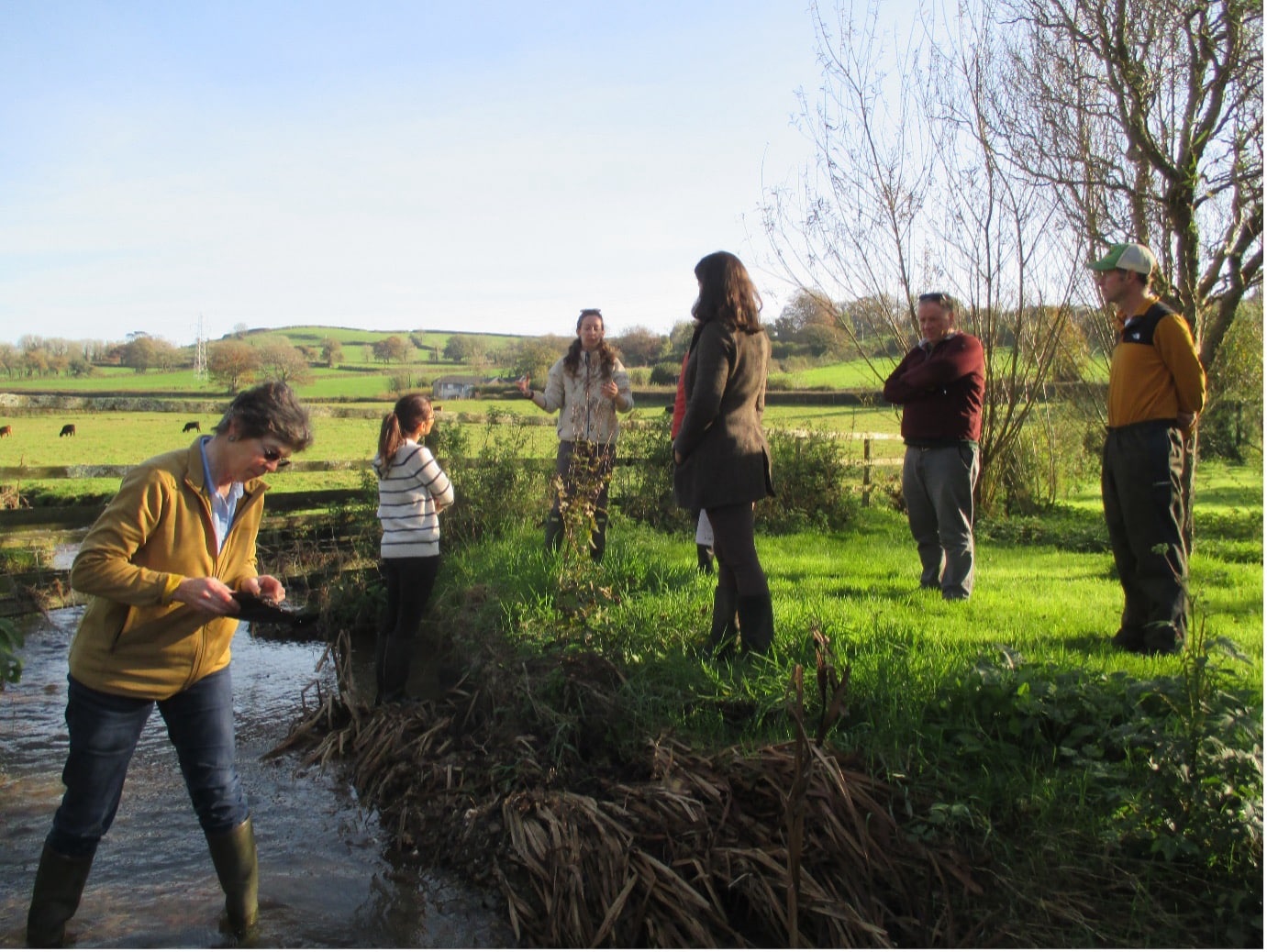
Collaboration is key
WATER recognises that many organisations are involved with different aspects of river restoration. Our aim is to become the Erme’s bridge between organisations at the strategic level such as: the Environment Agency, Westcountry Rivers Trust, South Devon National Landscape and Devon Wildlife Trust and with local community groups doing great work in their part of the catchment, such those in Ivybridge, Ermington, Holbeton, Ugborough and Modbury.
What’s the timetable for delivering the CAP?
The team has attended online workshops held by RRC which have enabled us to obtain knowledgeable feedback on the reach assessments we have made and which will provide the foundations for developing our CAP.
Our expectation is that we will have developed the framework of the plan by the end of 2025.
We will keep our supporters updated on our progress.
